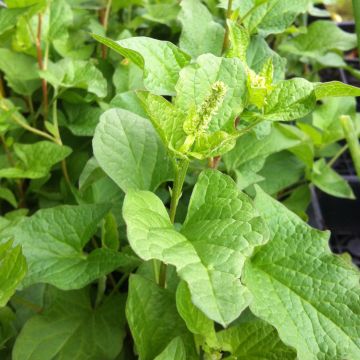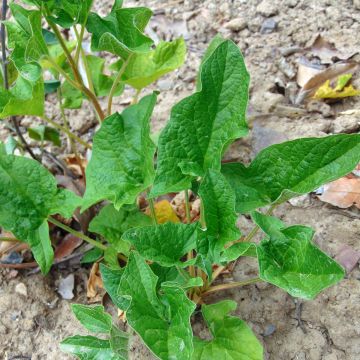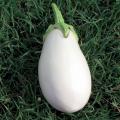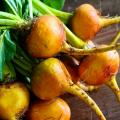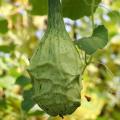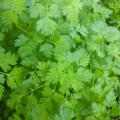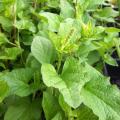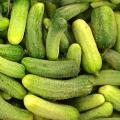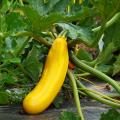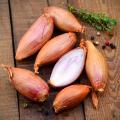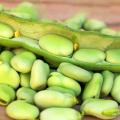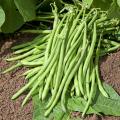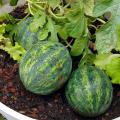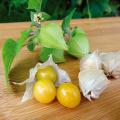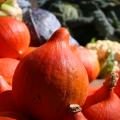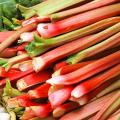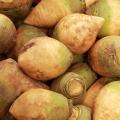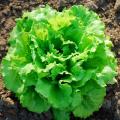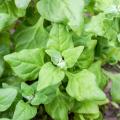Goosefoot
Does this plant fit my garden? Set up your Plantfit profile →
Available in 1 sizes
Available in 1 sizes
Available in 1 sizes
Available in 1 sizes
Available in 1 sizes
Chenopodium, or goosefoot plants are perennial plants (Chenopdium bonus-henricus) or annuals (White Goosefoot), with an upright habit, often found in nitrogen-rich soils or on manure heaps. It is often forgotten, but the leaves with their delicate flavour of Good King Henry were once consumed in our countryside, cooked, like spinach, which actually belongs to the same botanical family as Amaranthaceae or Chenopodiaceae, depending on the classification. The name goosefoot is related to the resemblance of the leaves of this plant to the footprint left on the ground by a goose's foot (from the Latin chenopodium, goose foot). Having the same nutritional properties as spinach, goosefoot leaves are rich in vitamin A and C, calcium, but also in uric acid. Plant Chenopodium in April-May or September-October, in any good garden soil. Harvesting takes place in spring and autumn.
Also discover our range of ancient and forgotten vegetables: they are making a strong comeback on our plates!
Haven't found what you were looking for?







































